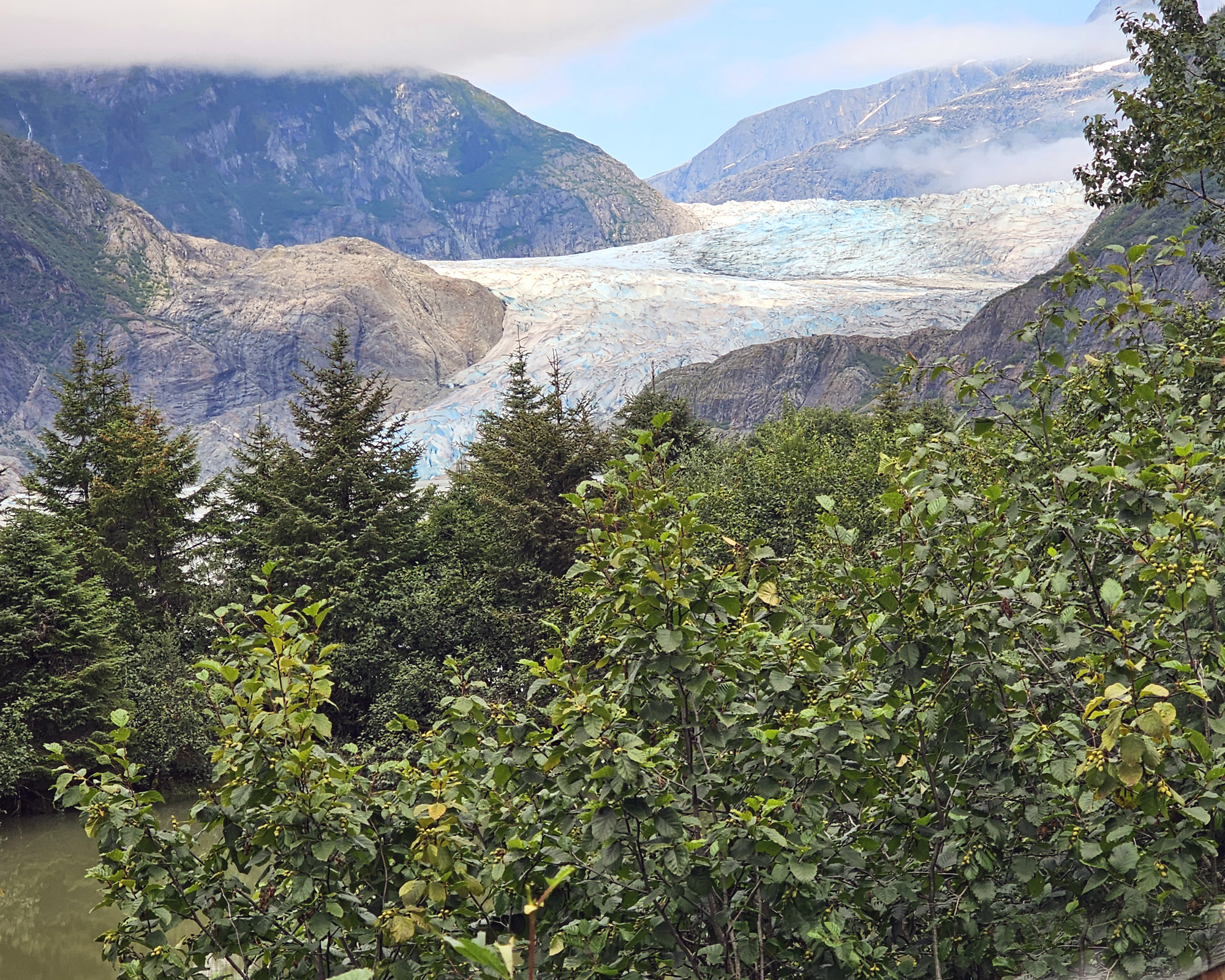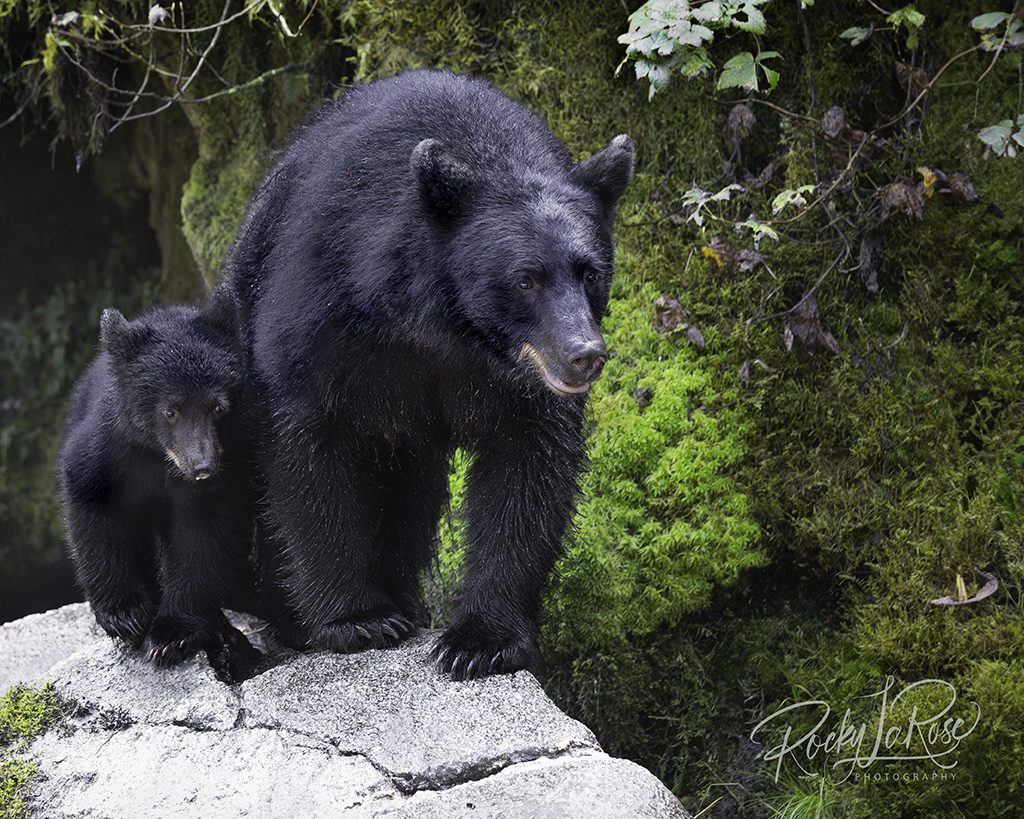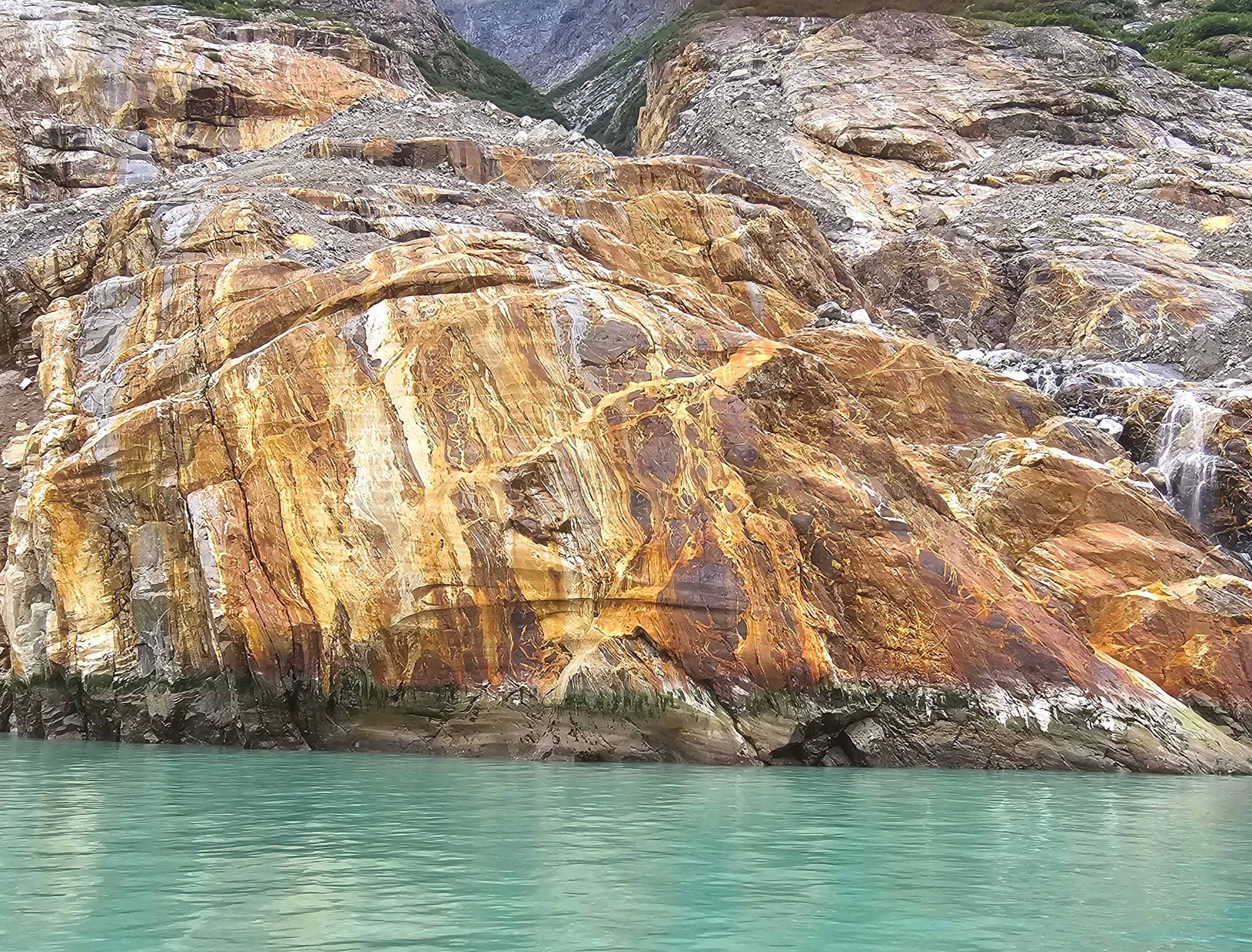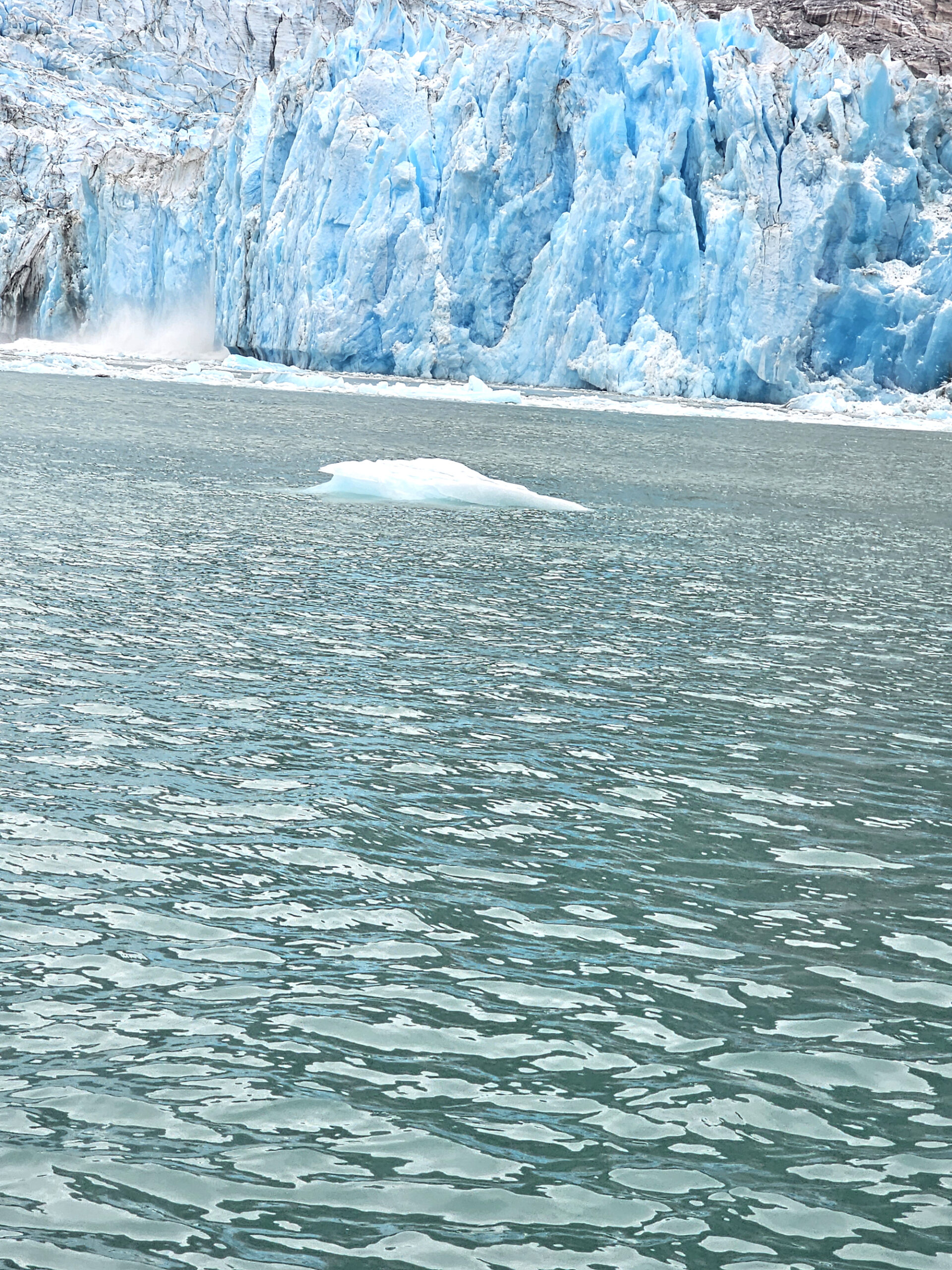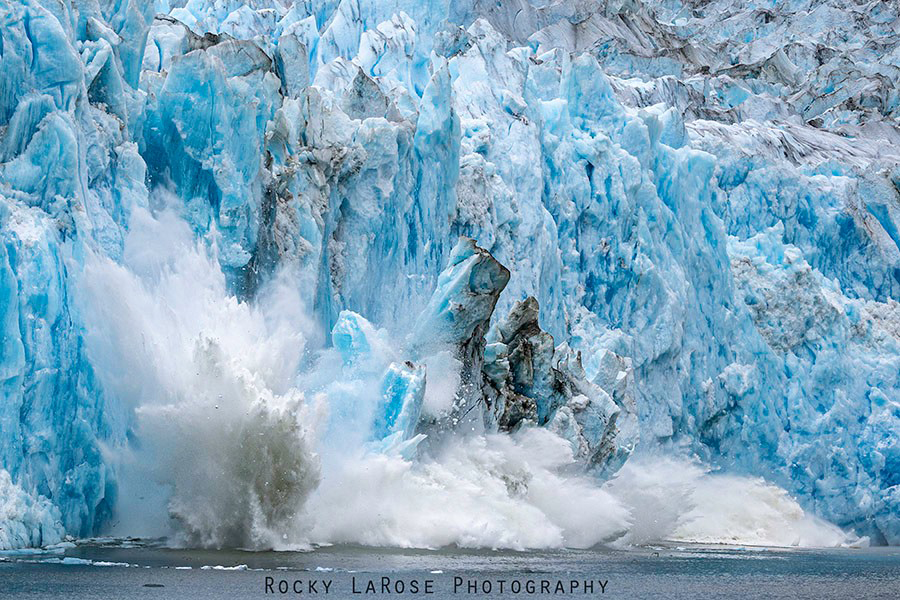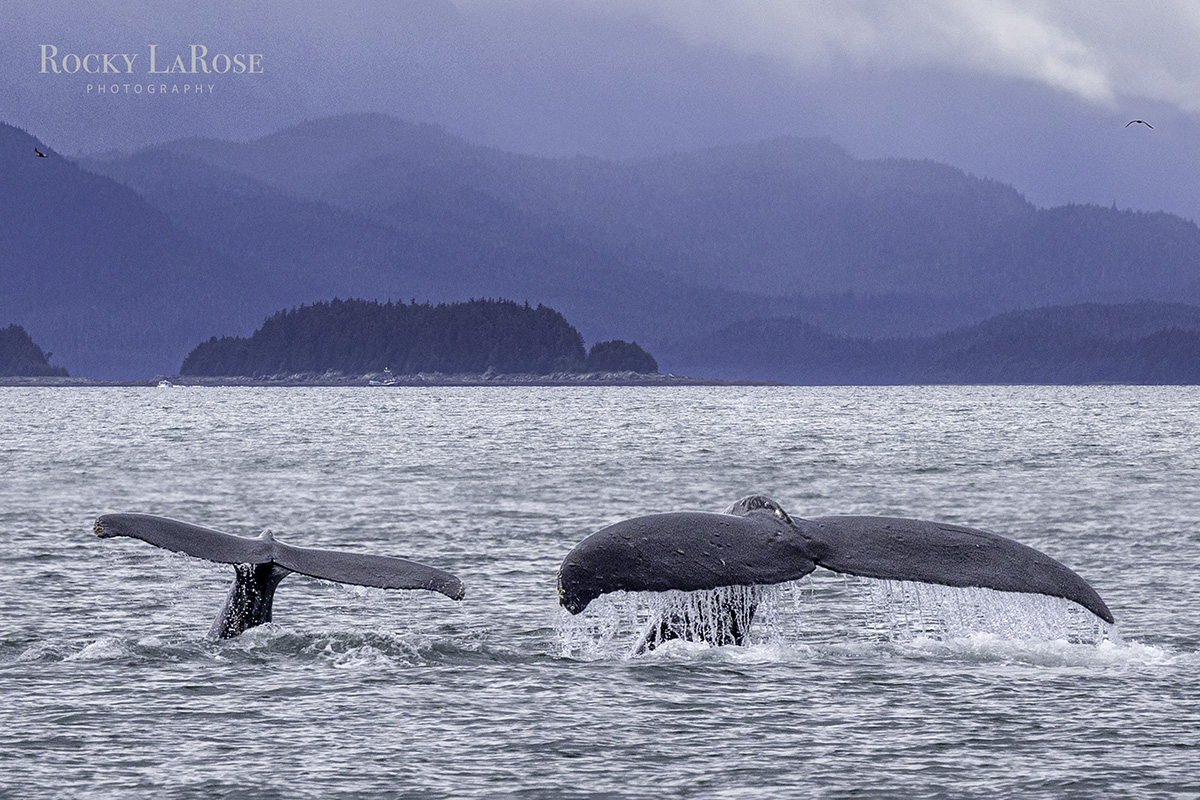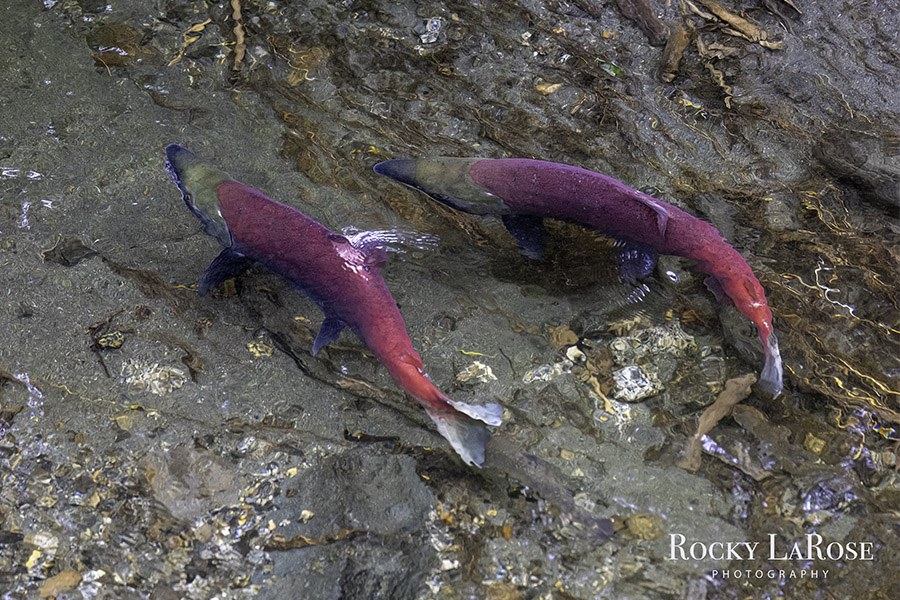Text and photographs by Rocky LaRose and Mary L. Peachin
January/February 2024
Vol. 27, No.3/4
Cruising has never been of interest to this scuba diver, angler, and bicycle rider. For most of my life, I traveled alone or with my husband, David, when he wasn’t CPA-ing or doing tax returns. Those busy days of his provided me the opportunity to travel the world, all seven continents.
When the University of Arizona sent notice of a Rocky LaRose week-long hosted Seabourn cruise along the Inside Passage between Juneau and Vancouver, we were ready to hop on board especially with the trip ending in our “front yard”, our summer home in Vancouver. Rocky (along with her equally admired husband, Mike Proctor) is more than just a friend. I’m proud to have introduced her to the grizzlies of the Kutzeymateen not to mention my admiration of her many Title 9 achievements.
At that time, Rocky was the Deputy Director of Athletics overseeing the day-to-day operations of all 20 University of Arizona intercollegiate sports including the first woman to oversee the operations of Division 1 football and men’s basketball programs. Later she became the university’s first woman AD over a combined program. Now she is happily retired, enjoying travel and photography, though still volunteering chairing a couple university committees. Her photography work is represented by the local Madaras Gallery.
Prior to boarding the Seabourn Odyssey, we spent the morning whale watching in Juneau’s Auke Bay. Once a whale was spotted our boat captain slowed down, allowing us great photo opportunities. We then toured Mendenhall Glacier. Mendenhall, part of the Tongass National Forest, is about 13.6 miles long. It was a mile hike to Nugget Falls, a place that afforded a closer look at the face of the glacier. Spawning red-colored pink salmon made their way up stream. We also spent the morning in Auke Bay, in Juneau, whale watching.
The first ship excursion was to Dawes Glacier. Our catamaran cruised along 30 miles of Endicott Arm. Beach birds wandered among stranded shore icebergs that had been abandoned by dropping tides. While the glacier continues to recede, a clear sign of global warming, we were not expecting a large calving that would rock our boat. During our day in Tongass National Park, we learned that a waterfall we were admiring was a cascade, or water flowing temporarily from rain or snow.
Wrangell, a historical Alaska village, near the mouth of the Stikine River, has flown four flags through its long history: Tlingit, Russian, American, and Great Britain. Currently, it is known as a tourist destination for salmon fishing and bear watching. Many in our group were treated to watching over 30 black bears catch pink salmon along Anan Creek, about 30 miles outside of Wrangell. The bears included several groups of cubs including cubs of the year (just a few months old). A brown bear we encountered fortunately kept his distance.
Boarding a jet boat, we traveled along the Stikine River observing fascinating geologic formations of granite and mineral-filled gneiss rock. Other than a few harbour seals, there was not much wildlife to be seen, but the day was beautiful in this remote landscape.
The ship entered Misty Fjords National Monument and wilderness area through Rudyerd Bay. Also, a part of Tongass National Forest, Misty Fiords is about 40 miles east of Ketchikan, Alaska. John Muir compared the area to Yosemite Valley with its similar geology and glacial morphology. Light-colored granite, about 50 to 70 million years old, has been sculpted by glaciers that gouged deep U-shaped troughs throughout the monument.
Many of the glacial valleys are filled with sea water that are called “canals.” Near-vertical walls in these valleys rise 2,000 to 3,000 feet above sea level. The rainforest landscape includes hemlock, Sitka spruce and western red cedar, and is inhabited by both grizzly and black bears, many species of salmon, whales, mountain goats, and Sitka black-tailed deer.
A day in Prince Rupert allowed us to cruise Chatham Bay searching for humpback and hopefully orca or killer whales. It took time cruising through Work Channel, but we were able to view several pods of humpback. We had hoped to see them “bubble up” to feed, but that was not to happened. It is an event in which the whales form a circle blowing bubbles to assist their gorging on herring.
Seymour Narrows is a 3-mile stretch of Discovery Channel north of Vancouver Island, British Columbia known for the strength of its tidal currents. The average width of the narrows is about half a mile. During extreme tides, the current is subject to a severe Venturi effect. The increased velocity that can reach 15 knots. For much of its modern history, there was an additional hazard in the narrows called Ripple Rock, a shallow obstruction that claimed 119 ships and 114 lives.
In 1958, after months of tunneling and preparation, Ripple Rock was blown up in the largest commercial, non-nuclear explosion recorded in North America. Still, the navigation of Seymour Narrows is dependent on tidal and other conditions, one that requires navigating through slack tide with skill and technical accomplishment.
Alert Bay is home to the Na̱mǥis First Nations (see July/August, 2023 newsletter).
The principal village was built on terraces on the west side of the river mouth. It was here that a famous chief Cheslakee, confronted and then befriended the captain of a tall-masted ship full of strange-looking men that anchored nearby in 1792. The ship was the Discovery and the captain’s name was Vancouver. His anchorage was in a sheltered cove on a nearby island. Around 1860, that island and its new European settlement would be named after the Navy ships HMS Alert and HMS Cormorant.
Many chose to spend the day kayaking instead of viewing the multiple burial grounds. Of course, I chose to fish for salmon. It was not the most productive day, but a few pinks were hungry, and the scenery was great on a beautiful day.
Heading towards Vancouver, Whale Channel produced some productive views of humpbacks finning for those enthusiasts who made their way to the wheel house.
Having spent 20 years of summers in Vancouver watching numerous cruise ships heading or return from Alaska, I was eager to see the landscape from the ship rather than a condo. Unfortunately, most ships return from Alaska before dawn so I missed this opportunity. It was a memorable trip through the isolated and scenic Inside Passage. The journey was made nicer by my admiration of Rocky and Mike, and their being surrounded by nice friends who shared my feelings.

